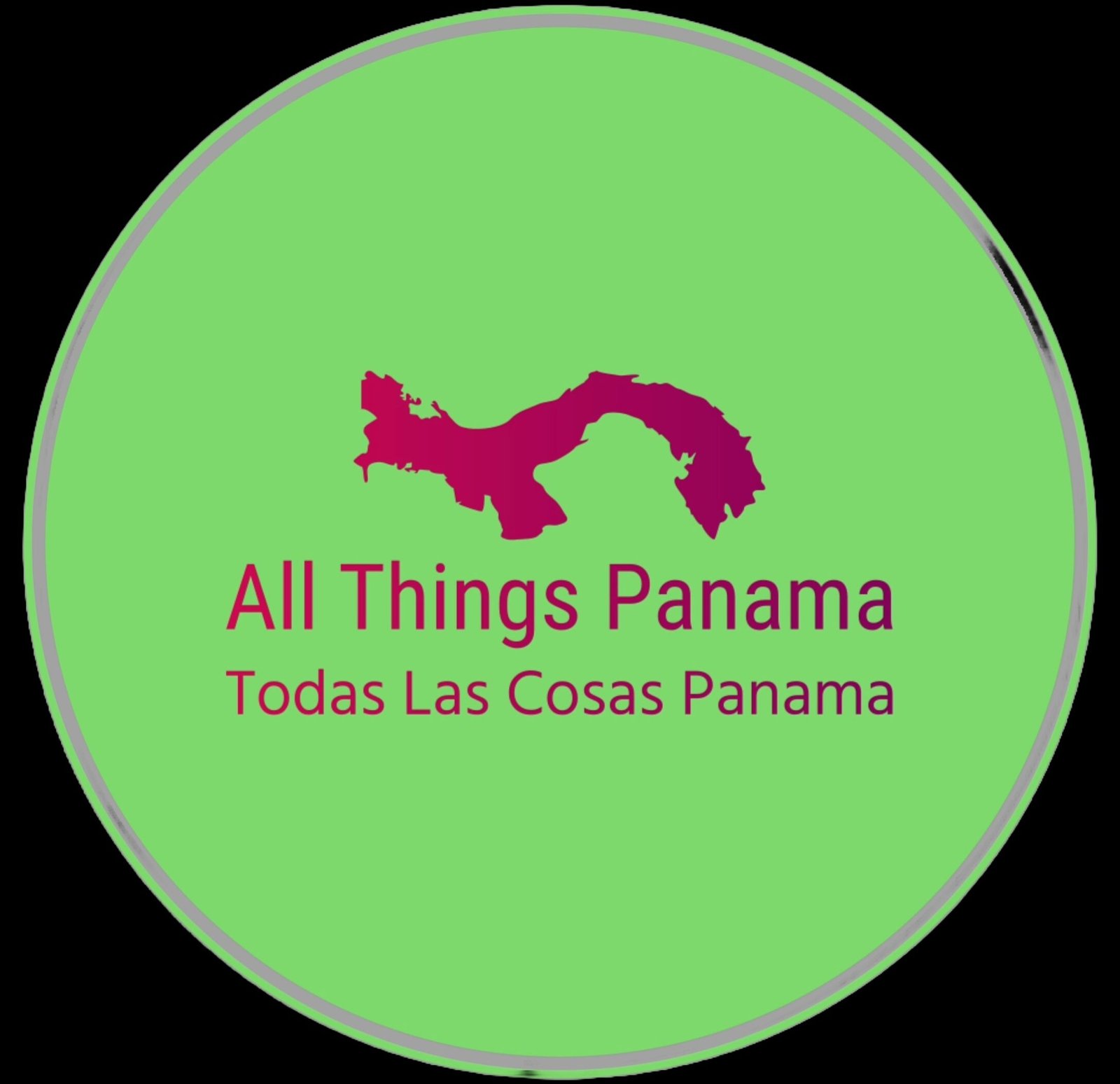Panamanian authorities seized nearly 12 tons of cocaine from a vessel in the Pacific Ocean, marking one of the country’s largest drug busts in recent years. The operation targeted a ship heading toward Mexico and ultimately the United States, with the drugs originating from Colombia.
Officials discovered the haul aboard the boat near San Miguel Island in the Pearl Islands archipelago. The vessel carried 10 crew members, including nationals from Venezuela, Ecuador, and Nicaragua, all of whom faced arrest during the raid. Anti-drug prosecutor Julio Villarreal described the seizure as a historic achievement at a press conference, noting it ranks as the biggest single-operation confiscation since 2007, when forces intercepted 19 tons in Panamanian waters.
Panama acts as a key transit route for cocaine produced in South America, particularly Colombia, en route to the U.S., the drug’s primary market. Authorities report that smugglers often rely on speedboats, small planes, and semi-submersibles to move shipments through Central America and Mexico. The U.S. government calculates that about 90 percent of cocaine entering its borders follows this path.
This latest bust adds to Panama’s ongoing efforts against narcotics trafficking. In 2024, the country confiscated a total of 124 tons of drugs, mostly cocaine, surpassing the 119 tons seized the previous year. Officials have observed a rise in interceptions at Caribbean ports, where shipments increasingly head to European destinations like Belgium, France, Spain, and the United Kingdom.
The operation highlights Panama’s role in regional anti-drug initiatives, even without a standing army. Forces conducted the seizure peacefully, relying on naval patrols and intelligence to locate the vessel. Prosecutors now prepare charges against the detained crew, while investigators trace the cocaine’s supply chain back to producers in Colombia.
Such intercepts disrupt major trafficking networks and reduce the flow of illicit substances northward. Panama’s strategic position, bridging the Pacific and Caribbean, makes it a focal point for both smugglers and enforcement agencies. As global demand persists, officials expect continued pressure on transit routes through the isthmus.
This seizure comes amid broader trends in the region, where cocaine production in Colombia remains high despite eradication efforts. Neighboring countries, including Costa Rica and Mexico, report similar increases in maritime interdictions, underscoring the challenges of combating organized crime across borders.
The post Panama’s Massive Cocaine Seizure in Pacific Waters appeared first on The Tico Times | Costa Rica News | Travel | Real Estate.
